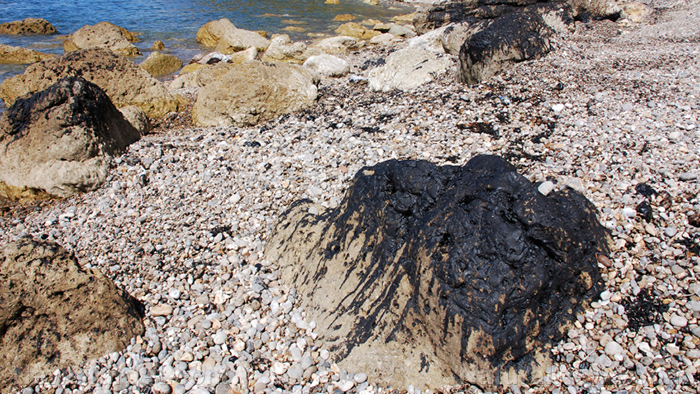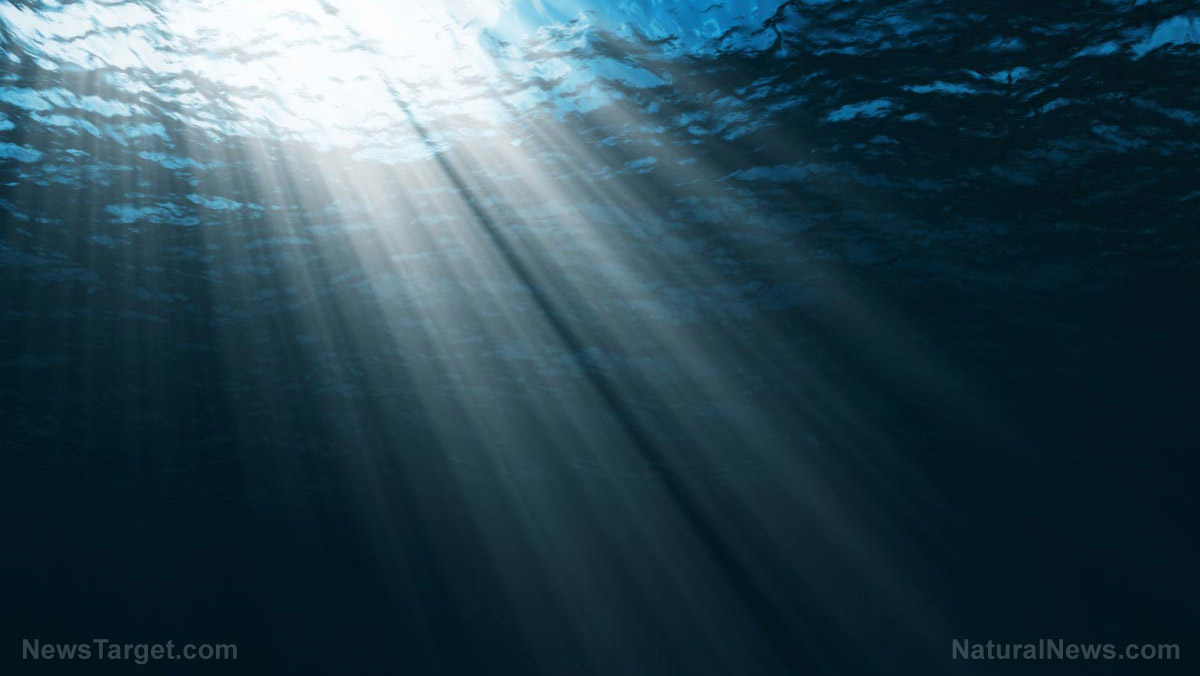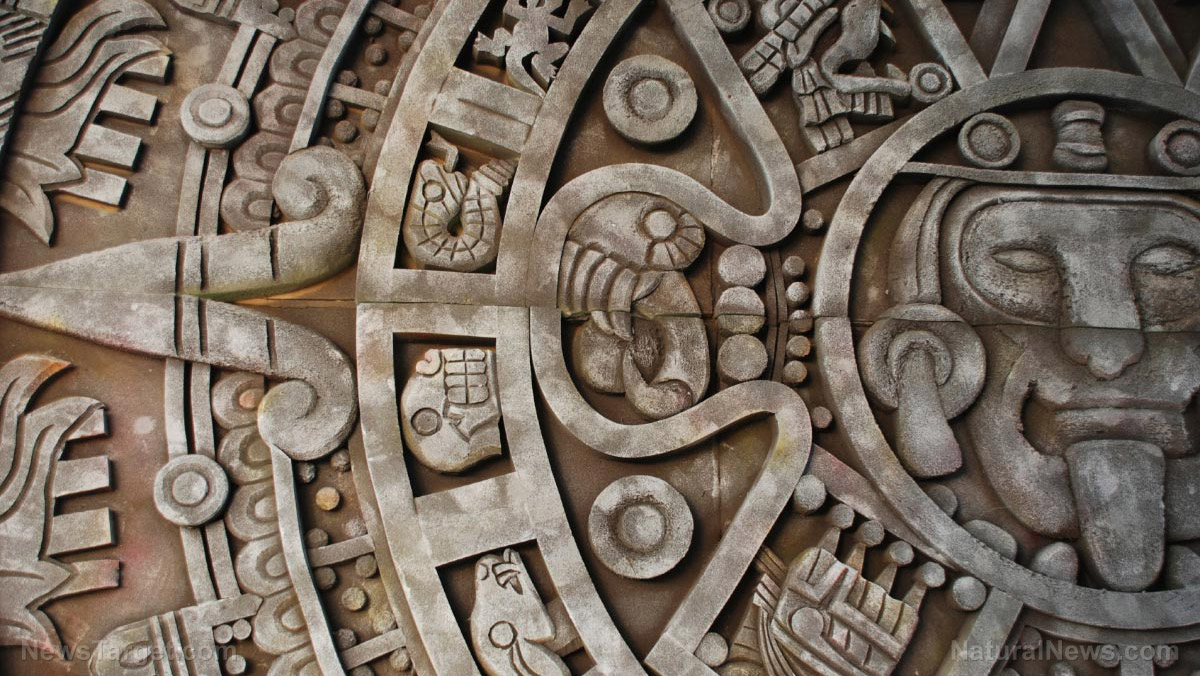Researchers search exomoons for signs of extraterrestrial life
12/11/2019 / By Arsenio Toledo

A researcher from the University of Lincoln believes that scientists have been looking for extraterrestrial life in the wrong places. The researcher asserts that exomoons — moons that orbit planets outside the solar system (exoplanets) — could hold the key to finding alien life. Of the 4,000 or so exoplanets that have been discovered by scientists thus far, only a small number of them could possibly sustain life. Some of these planets could be gas giants, which may have moons that contain liquid water.
Dr. Phil J. Sutton, who published his research in the journal Monthly Notices of the Royal Astronomical Society, believes that moons orbiting gas giants “can be internally heated by the gravitational pull of the planet they orbit.” This could lead to the exomoons having liquid water even if they and their parent planet weren’t within the narrow habitable zones of the stars they orbit. “I believe that if we can find them” says Dr. Sutton, “moons offer a more promising avenue to finding extra-terrestrial life.”
The habitable zone is defined as the orbital region around a star, which may allow a planet to possess liquid water on its surface and therefore possibly support life.
Look to the gas giants
When a gas planet forms, it absorbs matter in a swirling disk. The more massive it gets, the more likely that it and its moons will have water. For example, in Jupiter’s case, its moons became icy because of its distance from the sun’s habitable zone. However, if scientists found a gas giant larger than Jupiter, its chances of having moons with liquid water may be higher, even if it wasn’t situated within its star’s habitable zone. This is especially the case if the hypothetical “super-Jupiter” had exomoons the size of Mars or even larger.
In his research, Sutton looked to the possibility of the exoplanet J1407b having any moons. This exoplanet is a purported gas giant some 400 light-years from the solar system, with planetary rings that are 200 times larger than those orbiting Saturn. NASA has even described it as a “super-Saturn.” (Related: Scientists discover 15 new planets, including one “super-Earth” that could harbor liquid water.)
Because of their size and their distance from the Earth, exomoons are extremely difficult to detect. Scientists can’t just peer at a telescope and observe them with the naked eye the way they would other stars. Instead, they have to locate them by looking for the effects they have on objects around them. Fortunately, J1407b has planetary rings that scientists like Sutton can inspect.
Sutton ran computer models to observe J1407b and its rings. He then added a moon into his scenarios to see if it caused gaps to form. He found that, in his model, particles along the edges of the rings were scattered, similar to how Saturn’s moons affected its rings.
Lack of resources
While the hypothetical moon did have an effect on the ring edge, the expected gaps are unlikely to be caused by the gravitational force exerted by a currently unseen exomoon, and more research has to be done before Sutton can say definitively that J1407b has a moon.
The work of Sutton and many others like him is frustratingly difficult because of the lack of proper tools with which they can observe exoplanets. If planets were hard to observe, the exomoons even more so. The technology to detect alien life might still be a few decades away from developing, enough to make an astounding discovery that can change the way humanity views cosmic bodies.
Rene Heller, a researcher for McMaster University also studying exomoons, says “We could be just a few decades from proving if there is life elsewhere. For all this time, we have been looking on other planets, when the answer could be on a moon.”
Sources include:
Tagged Under: alien life, aliens, cosmic, exomoons, exoplanets, extraterrestrial life, future science, gas giants, habitable zone, moons, planets, research, Space, Stars
RECENT NEWS & ARTICLES
COPYRIGHT © 2017 SCIENTIFIC NEWS




















